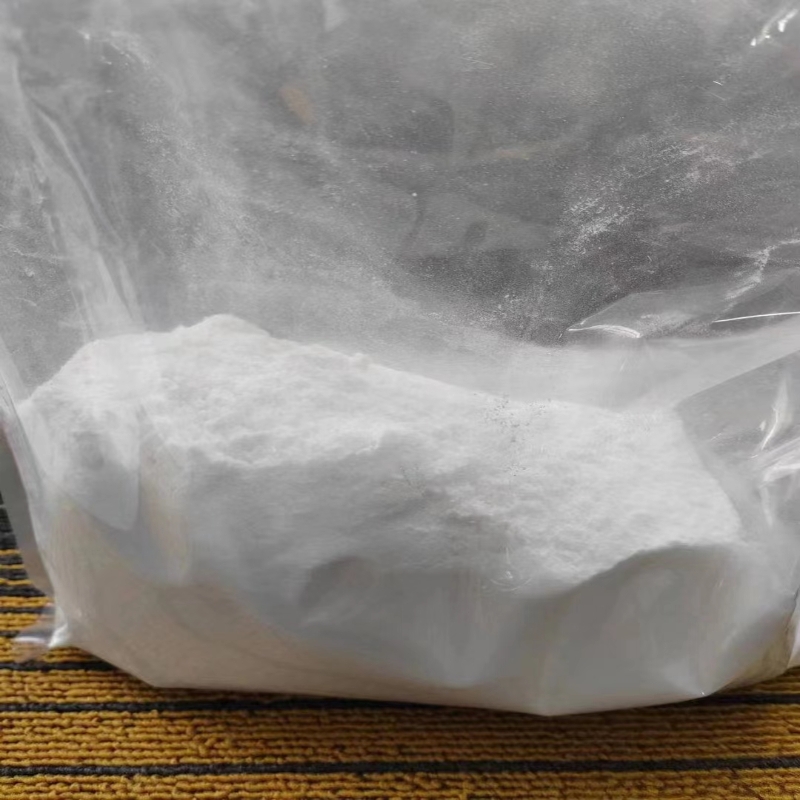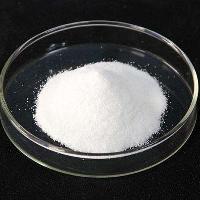-
Categories
-
Pharmaceutical Intermediates
-
Active Pharmaceutical Ingredients
-
Food Additives
- Industrial Coatings
- Agrochemicals
- Dyes and Pigments
- Surfactant
- Flavors and Fragrances
- Chemical Reagents
- Catalyst and Auxiliary
- Natural Products
- Inorganic Chemistry
-
Organic Chemistry
-
Biochemical Engineering
- Analytical Chemistry
- Cosmetic Ingredient
-
Pharmaceutical Intermediates
Promotion
ECHEMI Mall
Wholesale
Weekly Price
Exhibition
News
-
Trade Service
Written byNovember
The diversity of animal behavior depends on the precise assembly of neural circuits, a process in which synaptic formation is involved
.
The function of the cerebral cortex depends on the specificity of synaptic connections between dozens of different types of excitatory glutamate pyramidal cells and inhibitory γ-aminobutyric acid (GABAergic) interneurons.
Different neurons use specialized transcription procedures to control synaptic specificity
during development.
Neurons support morphological complexity with local protein synthesis, which requires multiple subcellular compartments to be controlled independently, although it is unclear whether the regulation of mRNA translation is also involved in promoting the formation
of specific synapses.
To test this possibility, the Oscar Marin research group at King's College London collaborated with the Beatriz Rico research group in Science entitled Cortical wiring by synapse type-specific control of local protein synthesis The molecular mechanism
by which Tsc1 and Tsc2 regulate local protein synthesis in the mTORC1 signaling pathway that controls protein synthesis, thereby controlling synapse formation in neurons and regulating cortical junctions.
A variety of mTORC1 signaling pathway proteins are found in the developing axons to participate in the mechanism of translation, promoting local protein synthesis in brain excitability and consistent synapses [1-2].
How local protein synthesis is regulated and at specific synaptic levels during cortical connectivity is unknown
.
To explore the role of local protein synthesis in the junction of different cell types in the cerebral cortex, the authors deleted Tsc2 from the two largest groups of cortical GABAergic interneuron small albumin PV (Parvalbumin) neurons and somatostatin (Somatostatin) neurons in mice
。 Tsc1 and Tsc2 are inhibitors of the mTORC1 signaling pathway [3-4], and mutations in these two factors cause tuberous sclerosis, a syndrome
characterized by seizures and autism spectrum disorder.
After knocking out Tsc2, mTOR signaling was overactivated in PV and SST interneurons, and the cell size of neurons was larger
than in the control group.
However, the absence of Tsc2 does not cause the density and laminar flow distribution
of interneurons.
Fig.
1 Tsc2 deletion has different effects on synaptic formation of PV and SST interneurons in the cerebral cortex
Subsequently, the authors evaluated the effect of Tsc2 deletion on synaptic formation of PV and SST interneurons in the cerebral cortex and found that the loss of the Tsc2 allele in PV interneurons leads to an increase in the excitatory synaptic density received by these cells, but conditional deletion of Tsc2 does not result in a change in the excitatory synaptic density received by SST interneurons (Figure 1).
。 Since the loss of Tsc2 function only results in changes in excitatory synaptic input in PV interneurons, the authors theorize that Tsc2 activity may be locally regulated by signaling pathways specific to these synapses
.
Previous studies have found that the activity of Tsc2 is regulated by the receptor tyrosine kinase ErbB4, which is enriched and expressed in PV rather than SST interneurons, which is necessary for PV interneurons to form excitatory synapses [4-5].
The authors demonstrated that ErbB4 works upstream of Tsc2, modulating its activity
during specific synaptic incubation processes.
ErbB4 signaling inhibits Tsc2 function, enabling the activation of mTOR activity of PV interneurons at postsynaptic density
.
Activation of ErbB4 eventually leads to the translation
of mRNAs encoding cell adhesion molecules SynCAM1, Nlgn3, TrkC, Clstn2, and AMPA receptor-associated proteins GluA4 and Stargazin at synapses.
Figure 2 Working Model
Overall, the authors' work shows that protein synthesis is regulated
by cell type specificity and synapse type specificity during synaptic formation 。 Tsc2 is a regulator of mTORC1 signaling in a variety of cellular environments, it only regulates the development of excitatory synapses on PV cells, but not SST interneurons, this specificity is mediated by the activation of ErbB4, which controls the development of excitatory synapses by inhibiting Tsc2 and subsequent molecular programs that induce local mRNA translation (Figure 2).
Thus, the work establishes molecular mechanisms
regarding the regulation of local proteins at specific levels that control synapse formation in the nervous system.
Original link:
style="line-height: 1.
75em;margin-left: 8px;margin-right: 8px;margin-bottom: 0px;">Platemaker: Eleven
References
1.
H.
Kang, E.
M.
Schuman, A requirement for local protein synthesis in neurotrophin-induced hippocampal synaptic plasticity.
Science 273, 1402–1406 (1996).
doi: 10.
1126/ science.
273.
5280.
1402; pmid: 87030782.
A.
S.
Hafner, P.
G.
Donlin-Asp, B.
Leitch, E.
Herzog, E.
M.
Schuman, Local protein synthesis is a ubiquitous feature of neuronal pre- and postsynaptic compartments.
Science 364, eaau3644 (2019).
doi: 10.
1126/science.
aau3644; pmid: 310976393.
X.
Gao et al.
, Tsc tumour suppressor proteins antagonize amino-acid-TOR signalling.
Nat.
Cell Biol.
4, 699–704 (2002).
doi: 10.
1038/ncb847; pmid: 121725554.
K.
Inoki, Y.
Li, T.
Zhu, J.
Wu, K.
L.
Guan, TSC2 is phosphorylated and inhibited by Akt and suppresses mTOR signalling.
Nat.
Cell Biol.
4, 648–657 (2002).
doi: 10.
1038/ ncb839; pmid: 121725535.
C.
J.
Potter, L.
G.
Pedraza, T.
Xu, Akt regulates growth by directly phosphorylating Tsc2.
Nat.
Cell Biol.
4, 658–665 (2002).
doi: 10.
1038/ncb840; pmid: 12172554
Reprint instructions
【Original article】BioArt original article, welcome to share by individuals, reproduction is prohibited without permission, the copyright of all works published is owned by BioArt
.
BioArt reserves all statutory rights and violators will be prosecuted
.







